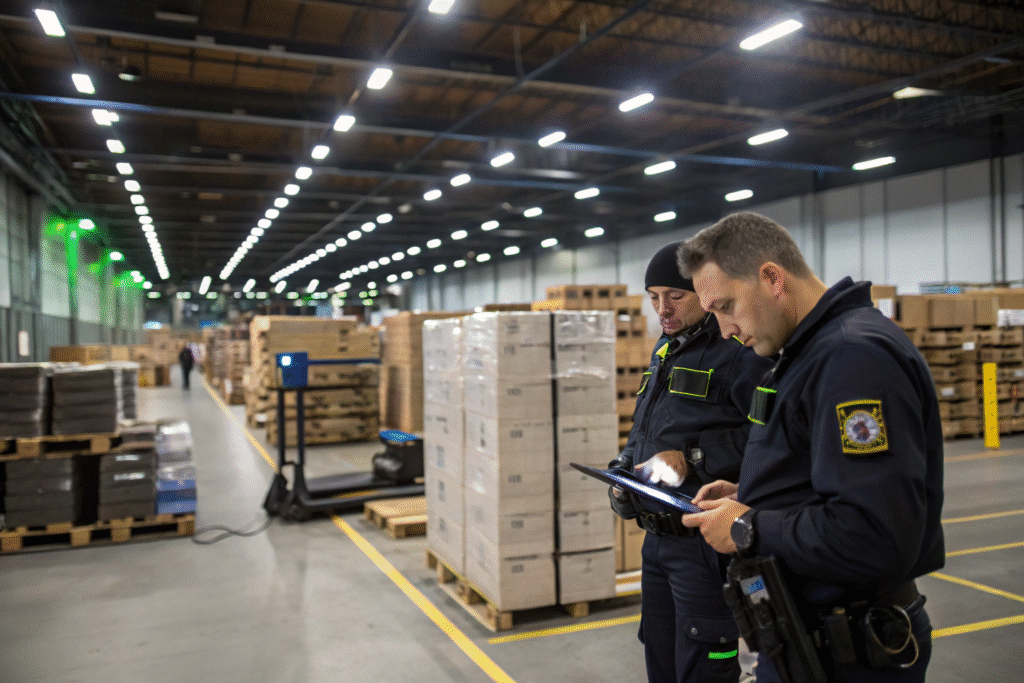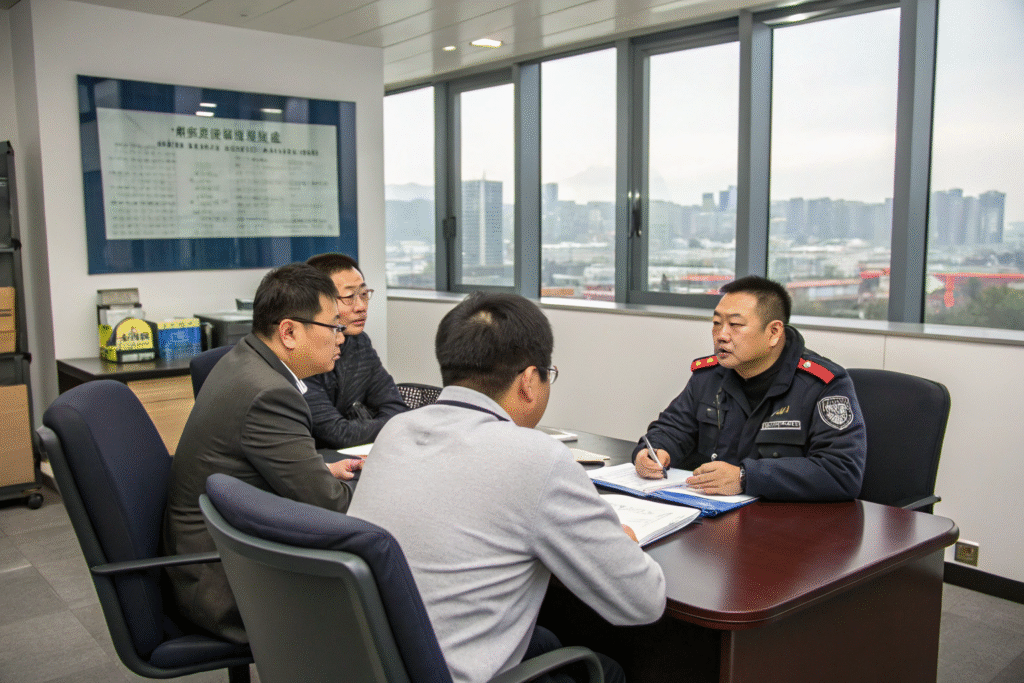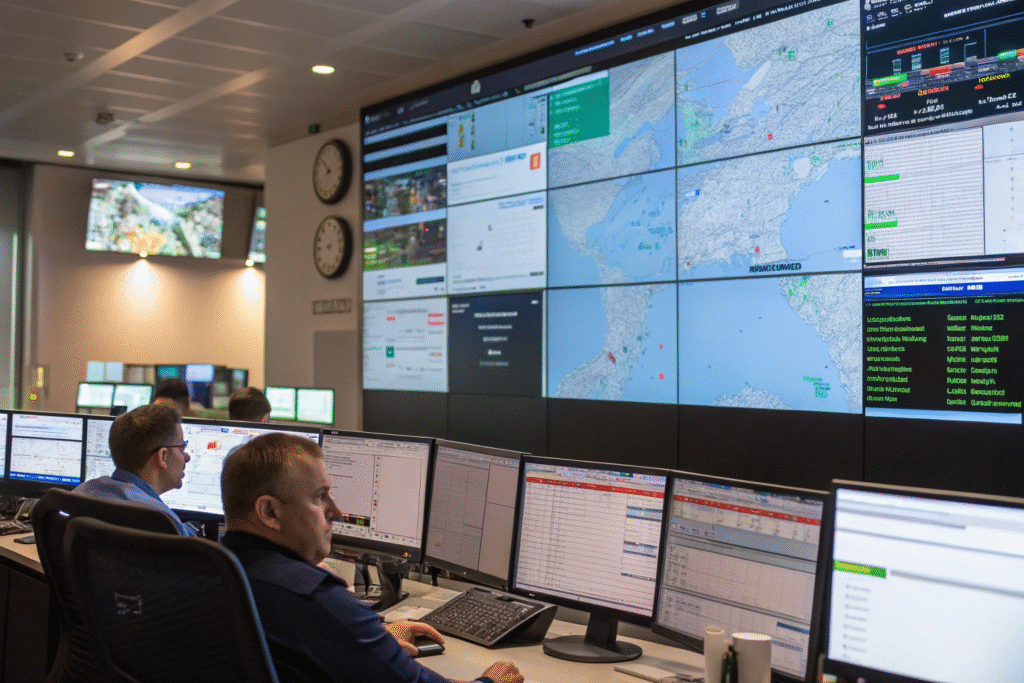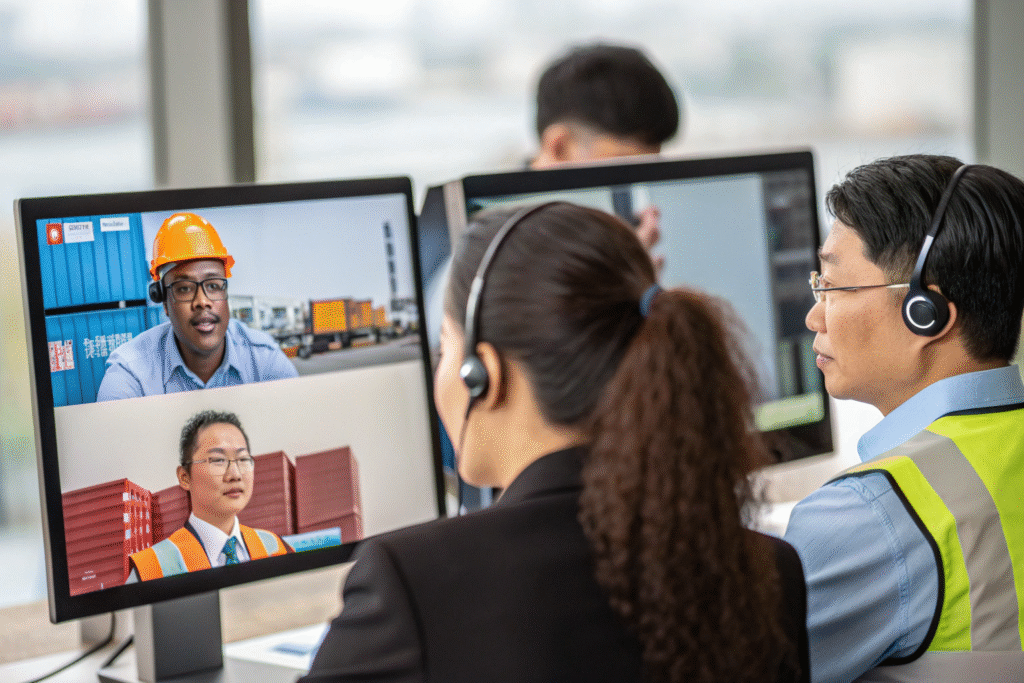When sudden tariff hikes hit, customs processes can quickly turn from routine to chaotic. Shipments that once cleared in hours may now be subject to extra inspections, HS code reclassification, or value verification, adding days or even weeks to your delivery schedule. For US importers relying on Chinese suppliers, this uncertainty can disrupt production, erode profit margins, and strain customer relationships.
In this high-pressure environment, working with a freight forwarder that has deep China-US customs expertise is no longer optional — it’s essential. The right partner can anticipate compliance risks, manage tariff documentation proactively, and navigate complex port operations to keep your goods moving, even when customs congestion is at its worst.
How Tariff Shocks Disrupt Customs Clearance

Tariff increases don’t just raise costs; they trigger a chain reaction in customs operations. Heightened scrutiny means more documentation checks, physical inspections, and product reclassifications.
These measures can delay cargo release and increase the likelihood of storage fees, missed delivery deadlines, and strained supply chain schedules.
Why Do Tariffs Cause More Inspections?
Authorities want to ensure importers are declaring correct HS codes, paying the right duty rates, and not misrepresenting origin. According to US Customs and Border Protection, tariff-related compliance audits have increased significantly during trade disputes.
How Do Delays Impact Costs?
In addition to higher duties, importers face demurrage, detention, and potential penalties — costs that can exceed the value of the goods if clearance drags on too long.
The Value of China-US Customs Relationships

Strong working relationships with customs authorities in China can be the difference between a shipment being fast-tracked or stuck in a backlog.
At GeeseCargo, our team has built years of trust with port officials, enabling us to resolve issues faster, get clarification on new rules, and submit accurate paperwork that passes inspection the first time.
How Does Pre-Clearance in China Work?
We file all export declarations, tariff classifications, and certificates of origin before goods even reach the port. This allows customs to pre-approve shipments, reducing inspection rates.
Why Does Experience at Both Ends Matter?
Customs clearance is a two-port process. Knowing the requirements and decision-making processes in both China and the US allows us to prepare documents that meet both countries’ standards, minimizing delays.
Strategies to Keep Cargo Moving During Customs Congestion

When customs backlogs are inevitable, proactive strategies can still protect your timelines.
We use staggered shipments, split bills of lading, and hybrid transport modes to prevent an entire order from being delayed if one container is flagged for inspection.
Can Routing Choices Reduce Risk?
Yes. Using less congested ports or alternate entry points can speed clearance, especially during peak tariff enforcement. For example, routing via Oakland instead of Los Angeles can sometimes cut processing times.
How Does Real-Time Monitoring Help?
Our systems track container status at every stage, allowing us to act immediately if a shipment is held. We can then provide missing documents, arrange inspections, or reallocate inventory to keep orders on schedule.
Why GeeseCargo’s China-US Expertise Is a Competitive Advantage

We specialize in China-US trade flows, giving us unmatched familiarity with tariff trends, customs documentation, and port procedures. Our integrated teams work in sync to anticipate problems before they impact your supply chain.
From tariff classification audits to bonded warehousing and DDP delivery, we design solutions that maintain speed and compliance even under tariff pressure.
Do You Handle High-Value or Regulated Goods?
Yes. We manage everything from apparel to electronics to regulated imports, ensuring all certifications, licenses, and valuation documents are ready for customs review.
How Quickly Can You Respond to Tariff Announcements?
We can adjust routing, documentation, and shipping schedules within 24 hours of a policy change, minimizing cost impact and delivery delays.
Conclusion
Post-tariff shock customs chaos can derail even the most carefully planned supply chains. But with an experienced China-US freight forwarder like GeeseCargo, you gain a partner who understands the rules, maintains critical port relationships, and responds fast when trade conditions shift.
To secure your shipments against customs uncertainty, contact Ben Zhu at benzhu@geesecargo.com and let us help you keep cargo moving, no matter the tariff climate.









